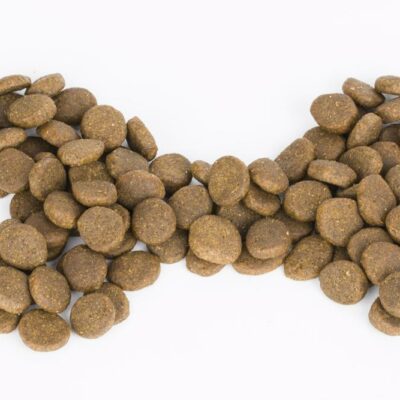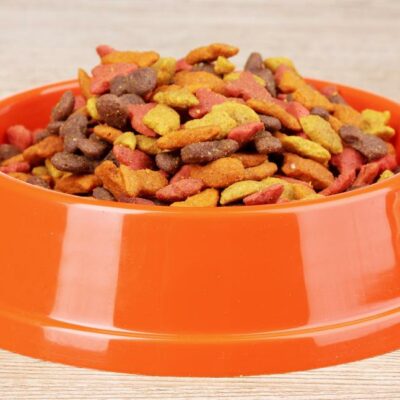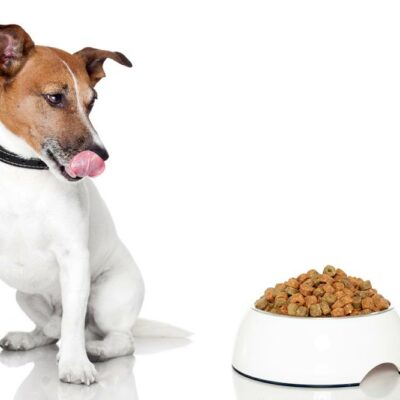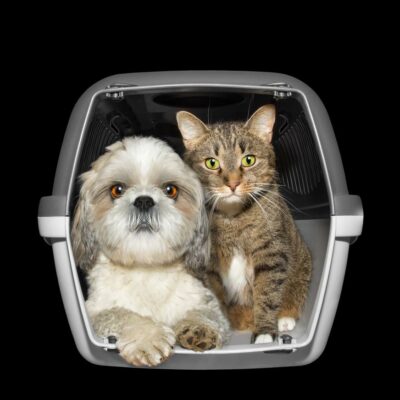
Pet Food
Top reasons why you should be avoiding grains in dog food
Grain-free dog food has become popular with many pet owners who are avoiding grains in dog food for numerous reasons such as allergies, health, costs and unnatural sources. While grains are not entirely bad for your dog because according to studies, dogs have evolved genes for digesting starch. In the study, its said that dogs have been able to adapt to human diets, including eating carbohydrate food. However, not all grains are good for your dog. When feeding dogs with food that contain grains, you can ensure that it comprises of small quantities of grains or carbohydrates. It would not hurt to serve your four-legged friend dog some grain-free food. Outlined below are some of the top reasons why dog owners are avoiding grains in dog food: Allergies Some dogs exhibit symptoms of food allergy when they ingest grains, which can be risky to their health and may lead to death. Some of the common symptoms of an allergic reaction include excessive flatulence, loose stool/diarrhea, rash and skin irritations, chronic licking, chewing or biting to relieve itchiness, vomiting, and frequent ear infections. When they feed on grain food, some dog breeds such as Retriever, Boxer, Chinese shar-pei, Cocker spaniel, Collie, Dachshund, Dalmatian, Lhasa Apso, Miniature schnauzer, Soft coated Wheaton terrier, Springer spaniel, and West highland white terrier are more prone to exhibit allergic reaction.
Read More 















